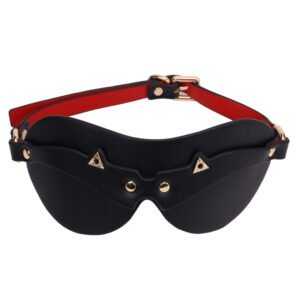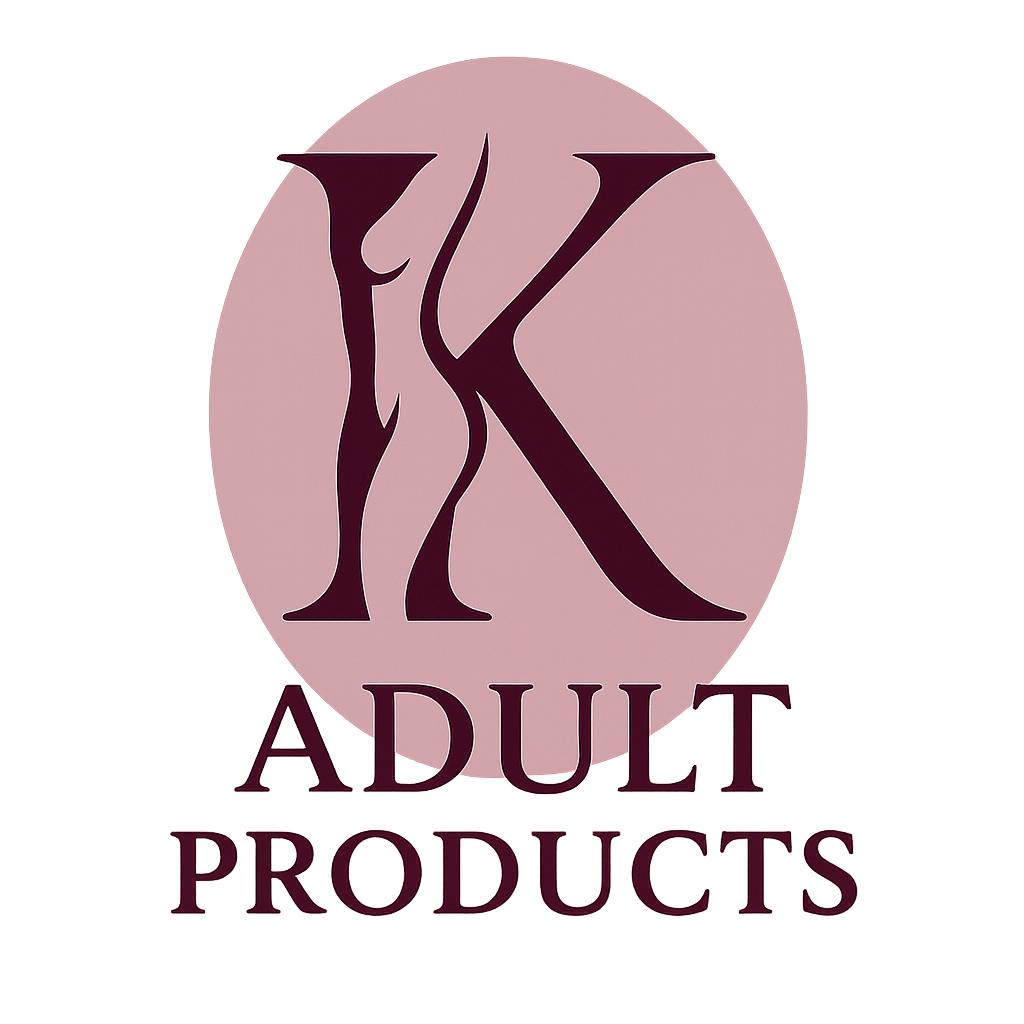What Should Brands Know About Silicone Material and Structural Design When Customizing Sex Toys?
July 7, 2025 by
ellenyi@adultstoysgd.com
Product Knowledge🔍 The Core Challenge
Customizing body-safe silicone sex toys demands a delicate balance of:
✔ Material properties
✔ Structural integrity
✔ User experience
Yet, many brands lack actionable insights—leading to costly mistakes.
⚠️ The Hidden Risks
Ignoring silicone hardness and design synergy can result in:
- Uncomfortable products
- Production delays
- Budget overruns from incompatible materials
💡 Your Solution
This guide distills 7 years of industry expertise into actionable strategies for aligning:
➔ Material selection
➔ Structural engineering
➔ Market demands
🎯 Featured Snippet Answer
For brands, retailers, and wholesalers, successful body-safe sex toy customization rests on three pillars:
-
📌 Material Selection
Shore hardness (-20° to 45°) dictates:- Softness
- Structural support
- Moldability
-
📌 Structural Design
- ABS + silicone hybrids = Cost efficiency
- Full-liquid silicone = Premium realism
-
📌 Market Alignment
US/EU markets prioritize FDA-certified materials over low-cost alternatives.
❓ Why Keep Reading?
Below, we reveal:
- 🏭 Factory trade secrets about silicone grades
- 💰 Cost/quality tradeoffs in structural designs
- 📊 Data-driven strategies to position your product competitively
🔑 Key Considerations for Custom Silicone Sex Toys
1️⃣ How Does Silicone Hardness Impact Product Performance?
📏 Shore Hardness Scale Demystified
| Hardness Range | Best For |
|---|---|
| -20° to 0° | Ultra-soft (realistic dildos/sleeves) |
| 15°–35° | Medium-firm (vibrators, massagers) |
| 40°–45° | Rigid (structural parts like plug bases) |
💡 Critical Insights
-
User Comfort vs. Durability
- Low Shore (0°–15°): Mimics skin but increases mold defects.
- High Shore (25°+): Durable but less realistic.
-
Liquid vs. Solid Silicone
- LSR (Liquid Silicone Rubber): Seamless finish, FDA-compliant (20–35° common).
- Solid Silicone: Cost-effective but limited to ≥25° hardness.
⚠️ Pro Tip
Always request factory samples in your target Shore hardness before bulk production.
2️⃣ What Structural Designs Balance Cost and Quality?
🏗️ Top 3 Body-Safe Sex Toy Architectures
| Design | ✅ Pros | ❌ Cons | 💰 Ideal For |
|---|---|---|---|
| ABS + Solid Silicone | Low cost, easy repairs | Less realistic feel | Budget vibrators ($15–$30) |
| Full-Liquid Silicone | Premium tactile experience | High waste (30%+) | Luxury brands ($50–$150) |
| Hybrid (ABS + LSR) | Balanced cost/feel | Complex assembly | Mid-range ($30–$70) |
📐 Thickness Guidelines
- Sleeves: 1.5–2mm thickness (25°–35° silicone).
- Dual-Layer Dildos: 20° inner core + 0° outer layer for realism + support.
🚩 Factory Red Flag
Suppliers pushing ≤20° solid silicone often hide 15%+ defect rates.
3️⃣ How to Align Design with Market Demand?
🌍 Regional Preferences (2023 Data)
- North America/Europe: 78% prioritize body-safe, phthalate-free materials (FDA/CE required).
- Asia-Pacific: 63% favor compact, discreet designs ($20–$50).
🎨 Brand Positioning Strategies
- Premium Brands: Use full-LSR + medical-grade certs. Market Shore hardness (e.g., “10° Skin-Real™ Silicone”).
- Mass Market: ABS hybrids (25°–30° sleeves). Highlight waterproofing + warranty.
📈 Case Study
A US retailer boosted repeat purchases by 41% after switching to dual-layer LSR (15° inner/5° outer) for G-spot vibrators.
✅ Final Checklist Before Production
- Verify FDA/ROHS certifications for silicone batches.
- Test prototypes across Shore hardness gradients (±5°).
- Audit factory defect rates for your material/structure combo.
🔥 Conclusion
Mastering silicone hardness and structural design lets you:
✔ Enhance comfort & durability
✔ Avoid 80% of customization pitfalls
✔ Save time, budget, and reputation
Latest Articles

September 25, 2025
Why Does Wearing a Blindfold Make Intimacy So Exciting?
(🔍 Problem) Have you ever felt like your intimate life has fallen into a predictable routine? That spark of novelty

September 24, 2025
Why Do People Actually Enjoy Being Spanked?
❓ The Problem Have you ever scrolled through a forum or overheard a conversation about spanking and felt a little…

September 23, 2025
Why Is a Spanking Paddle Your Next High-Margin Product?
🔍 (P) Problem: As an adult product wholesaler or retailer, you’re constantly searching for new categories that promise high-profit margins
September 22, 2025
The Ultimate B2B Guide to Remote Control Sex Toys: Everything Wholesalers and Retailers Must Know
Are you a wholesaler or retail buyer watching the SexTech market explode, feeling the pressure to stock remote control sex


